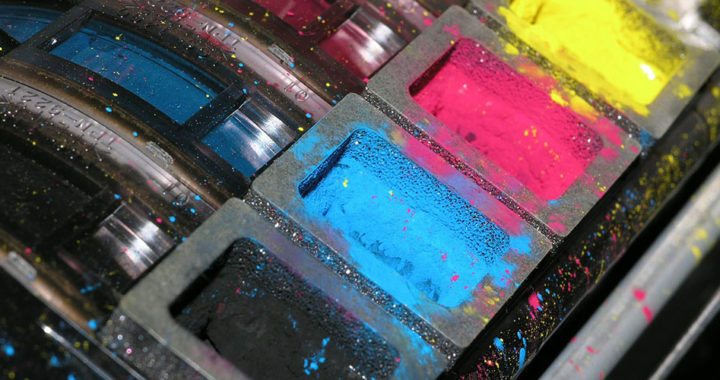A laser printer is one of the most common types of consumer electronic device used for recreating digital images to a variety of media, particularly papers, substrates, and other compatible surfaces. It is specifically a non-impact printer that works by firing a laser beam on a negatively charged, mechanical, and photosensitive cylinder called a drum.
The laser essentially creates a pattern on the drum that gets coated with the toner. Furthermore, because of electrical charges, the positively charged toner adheres to the areas on the drum with a negative charge and further to the surface of a paper. Heat and pressure are used to fuse further the toner onto the paper, thus making the recreated digital image permanent.
The Pros: Advantages and Uses of a Laser Printer
One of the advantages of laser printers is a faster printing compare to other types of printers such as inkjet printers and dot matrix printers. Premium monochrome models can print more than 200 pages per minute, while color models can print over 100 pages per minute.
The faster printing process translates to both productivity and cost efficiency. Hence, a laser printer is ideal in office settings that involve high-volume printouts. Furthermore, although it is more expensive than an inkjet printer, long-term cost savings for high-volume operation is a considerable advantage.
For a better comparison, an inkjet printer priced at around USD 60 would typically require an ink cartridge retailing at about USD 20. A single batch of cartridge can only print between 200 to 250 pages. A laser printer priced at USD 400 with a toner retailing at USD 115 can print at around 8000 pages.
Laser printers also produce finer and high-quality texts and graphics than their counterparts. Note that dot matrix printers significantly pale in comparison when it comes to the sharpness of texts. In addition, although inkjet printers also produce high-quality texts and graphics, only premium and more expensive models can compete head-on with standard laser printer models.
The Cons: Disadvantages and Limitations of a Laser Printer
Of course, price is still a notable disadvantage of laser printers. Remember that the price of inkjet printers starts at around USD 60.00, while entry-level laser printers retail between USD 200 to USD 300. For home and personal use, as well as in certain office settings with low-volume printing requirements, inkjet printers might provide better value for money.
These printers cannot handle very well complex images in general. Although there are newer models that can reproduce more accurate printouts of photographs, photo inkjet printers are the default choice for this use-case scenario.
Size is also a limitation. Typical laser printers have a larger desktop footprint than inkjet printers. The mechanism inside a laser printer is also delicate. In most cases, damages in specific components such as the drum or laser are impossible to repair and, thus, would require replacement either of the component or the entire unit.
Other issues with laser printers include concerns over safety hazards and health risks. Concerns have been raised over these printers due to static discharge from toner particles that could cause fire, possible ozone build-up, and respiratory health issues due to particle emission.
Summary and Takeaway: The Pros and Cons of Laser Printers
The following is the summary of the advantages and uses of laser printers:
• They are ideal for office use or settings that require high-volume printing because they typically print faster than most inkjet printers at more than 200 pages per minute on monochrome and more than 100 pages per minute for color printing.
• A typical inexpensive inkjet printer has a higher cost-per-page due to the price point of ink cartridges and its limited printing capacity. Laser printers would provide better value for money for high-volume printing.
• These printers are also more suitable for printing documents because they produce sharper and finer texts and less complicated graphics than other types of printers.
Below is the summary of the disadvantages and limitations of these printers:
• Most laser printers would not be able to produce complex images or photos with a quality similar to photo inkjet printers.
• The entry price of most models and the pricier toners are still considerable setbacks. In settings that involve low-volume printing or non-detailed text printing, inkjet and dot matrix printers might be a better option.
• Another limitation is the desktop footprint. These printers are usually bulkier and heavier than inkjet printers and dot matrix printers, thus making them unsuitable for mobile use. Moving them around should be discouraged because of their delicate components.
• There is also an issue about possible health risk and safety hazards due to static discharge from toner particles, potential ozone build-up, and particle emission.






